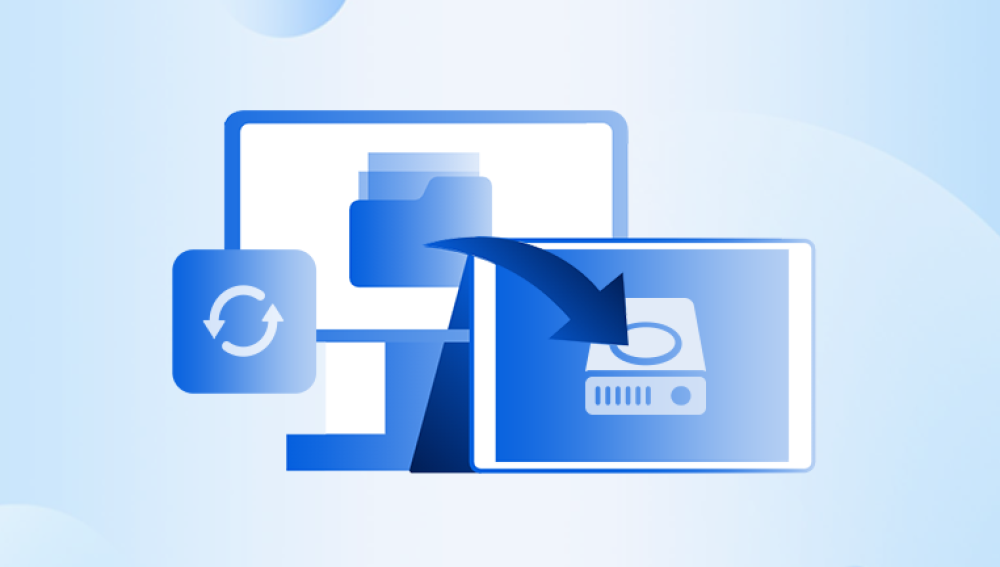Enter the Drecov Data Recovery Hard Drive Data Recovery Kit a solution that claims to bridge the gap between professional data recovery labs and DIY tools.
The Problem: Why Hard Drive Recovery Tools Matter
Losing data from a hard drive isn’t just about missing files it often involves lost memories, broken workflows, halted operations, and financial consequences. From photos and project files to tax records and proprietary databases, hard drives often contain data we can’t afford to lose.
While many people turn to software solutions or costly recovery services, there’s a growing demand for an accessible, effective middle-ground. This is where kits like Drecov Data Recovery’s Hard Drive Data Recovery Kit come into play, aiming to provide consumers with a semi-professional toolkit at a much lower price.

What Is the Drecov Data Recovery Hard Drive Data Recovery Kit?
The Drecov Data Recovery Kit is a multi-functional solution designed to help users recover data from damaged, corrupted, or formatted hard drives. It's a combination of software and physical tools (depending on the version) that allows both logical and limited physical recovery tasks. It caters to tech-savvy users, IT professionals, and small businesses that want to avoid paying $500–$2000 to professional labs for every incident.
Unlike typical software-only recovery products, the Panda Kit focuses on broader recovery scenarios, including:
Corrupted drives
Deleted partitions
Logical failures
Minor physical damage (with optional hardware tools)
FAT, exFAT, NTFS, ext3/ext4 recovery
HDDs and SSDs
Depending on the bundle chosen, users may get a USB boot drive, software license, adapters, cables, anti-static tools, and in some premium editions, even a basic hard drive repair toolkit.
Key Features and Tools Included
The Panda Hard Drive Data Recovery Kit typically includes a set of tools geared toward facilitating comprehensive recovery:
1. Panda Recovery Software Suite
The heart of the kit is its data recovery software. Key functionalities include:
Deep scan for deleted/lost files
Partition recovery
RAW drive recovery
Filter and preview features
Bit-level disk imaging
Support for damaged file systems (NTFS, FAT32. HFS, ext)
2. Bootable USB Environment
Some Panda kits include a bootable USB that allows users to launch the recovery environment without booting into Windows. This is crucial for recovering data from drives that prevent an OS from loading.
3. Drive Dock or Adapter
For users trying to recover data from an internal drive that was removed from a desktop or laptop, Panda includes a SATA-to-USB adapter or docking station. This enables easy plug-and-play functionality on any recovery system.
4. Static-Free Gloves and Pads
To avoid electrostatic discharge (which can ruin drives), some Panda bundles include basic ESD-safe equipment like gloves or grounding pads.
5. Screwdrivers and Opening Tools
Though it’s not meant for heavy-duty physical repair, premium Panda kits include screwdrivers and plastic tools for non-destructive disassembly, useful for situations like fixing loose connections or accessing hard drives from enclosures.
How It Works: Step-by-Step Process
The Drecov Data Recovery Kit aims to streamline the recovery process. Here’s a general step-by-step on how users typically use the kit:
Step 1: Preparation
Disconnect the failing or corrupted drive from the original system and connect it to a working machine using the included adapter or dock. If the drive is still inside the device, use the kit’s tools to extract it carefully.
Step 2: Boot and Scan
Boot the system using the Panda USB recovery drive or install the Panda software on a separate system drive (never the drive you’re trying to recover from). Launch the software and select the damaged drive to initiate a scan.
Step 3: Analyze and Preview
Once the scan completes, the software will display recoverable files categorized by folder structure or file types. Users can preview files such as photos, videos, documents, and emails to verify recoverability.
Step 4: Recover and Save
Select the files to restore and save them to a different storage medium—never the source drive to avoid overwriting data.
Step 5: Backup and Protect
Once recovery is successful, users are advised to create disk images of their drives using Panda’s included imaging tools and establish a proper backup protocol to avoid future incidents.
Supported Drive Types and Scenarios
The Panda kit is versatile and supports a broad range of drives and scenarios:
Mechanical HDDs: 2.5” and 3.5” internal drives from brands like Seagate, Western Digital, Toshiba, and Hitachi.
Solid-State Drives (SSDs): Limited support depending on the nature of damage—chip-level issues are generally not recoverable without advanced lab work.
External Drives: Plug-and-play support for USB drives.
Hybrid Drives: Works with drives combining SSD and HDD tech.
File Systems: NTFS, FAT32. exFAT, ext2/3/4. HFS (read-only).
However, the kit is not designed for:
Heavily burned or water-damaged drives
Drives with destroyed platters or severe firmware damage
RAID or enterprise storage arrays (although partition recovery can be attempted if RAID is reconstructed manually)
Advantages of Using Panda’s Kit
There are several reasons why many choose Drecov Data Recovery’s kit over traditional alternatives:
1. Cost-Effective
Hiring a professional recovery lab can cost $500–$3000 depending on severity. Panda’s kits range from $49 for the software-only version to $249 for the premium physical kit.
2. User-Friendly Interface
Even though recovery is a technically intensive process, the Panda software makes it approachable through a step-by-step wizard and intuitive UI.
3. Boot Environment Support
Many free tools require access to a working Windows system. Panda’s bootable USB gives an edge when the OS refuses to start due to disk failure.
4. Hardware Integration
The inclusion of docking tools and adapters saves users from having to purchase third-party hardware to access their drives.
5. No Subscription
Unlike some SaaS-based recovery software, Panda offers a perpetual license model—an upfront cost with unlimited recovery (for one user or device).
Limitations and Considerations
Despite its strengths, the Drecov Data Recovery Kit has limitations that users should be aware of:
1. Not a Cleanroom Alternative
While Panda helps with logical and minor physical recovery, it is not a substitute for certified cleanroom services. If your drive is clicking, grinding, or completely undetected, seek professional help.
2. SSD Limitations
Advanced SSD failures—particularly those involving controller chips or encrypted firmware—often require vendor-specific solutions not available in any consumer kit.
3. No RAID Auto-Reconstruction
Users working with RAID setups will need to understand RAID geometry and manually rebuild volumes before attempting recovery.
4. No Cloud or Network Recovery
The kit is designed for local recovery only. Network-attached storage and cloud backups must be accessed through other interfaces.
Customer Experience and Reviews
Feedback for the Drecov Data Recovery Kit is generally positive, especially from users who:
Accidentally deleted files
Formatted drives unintentionally
Wanted a safe alternative to open-source tools with no support
Needed to recover files without sending their drive to a third party
Common praise includes:
Fast scan speeds
Useful file preview
Simple setup
Compatibility across Windows versions
Common complaints include:
No Mac version
Limited success with heavily damaged drives
Non-intuitive options for advanced configurations
Comparing Panda to Competitors
Panda’s advantage is in bundling software and essential hardware for a one-time cost—an attractive option for IT professionals, repair technicians, or cautious DIYers.
Use Cases and Who Should Buy It
The Drecov Data Recovery Hard Drive Kit is ideal for:
Small IT Shops: Who offer occasional recovery services but don’t want to invest in expensive lab equipment.
Freelancers and Photographers: Who store large volumes of data on local drives and need emergency recovery options.
PC Builders and Hobbyists: Comfortable opening devices and diagnosing minor hardware issues.
Small Businesses: That want to avoid repeated service fees.
Educational Institutions: With internal IT teams handling data issues.
It may not be the best choice for:
Non-technical users unfamiliar with drive structures
Mac-only environments
Large-scale enterprise recovery needs
Best Practices for Using the Panda Kit
To maximize success with the Panda recovery kit:
Never install the software on the damaged drive
Always use write blockers or disk imaging first if possible
Use the preview feature to confirm recovery before exporting
Store recovered files on a different medium
Keep your kit up to date by downloading software updates
Handle drives carefully to avoid static damage or worsened conditions
Future Developments and Panda’s Place in the Market
Panda is expanding its toolset to support newer file systems, drive encryption schemes, and mobile device integration. As AI-powered recovery algorithms evolve, the software is expected to get smarter at reconstructing partial or fragmented files.
Given the growing importance of data security, Panda is also working on a secure erase and disk cloning suite to complement the recovery kit—helping users not only restore but manage and protect their data more holistically.




